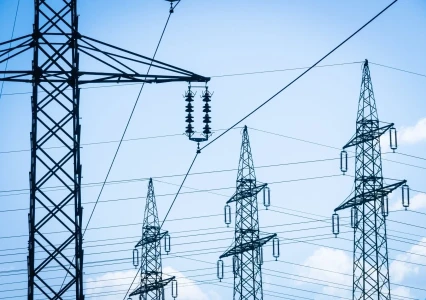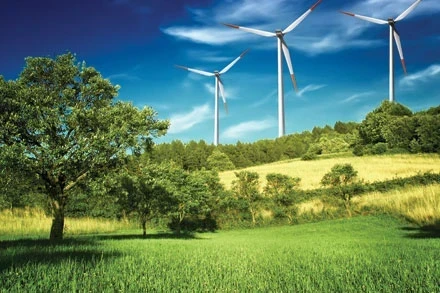Labor Shortage Threatens to Stall Clean Energy Boom

New York, NY - The burgeoning renewable energy sector faces an unexpected hurdle – resistance from some rural communities across the United States. While many areas embrace the environmental and economic benefits of wind and solar farms, others are raising concerns about potential downsides, sparking debates about land use, aesthetics, and potential health impacts.
A recent investigation by USA Today revealed a rise in local ordinances aimed at restricting or even banning the development of renewable energy projects. The report cites examples in states like Maine, Ohio, and New York, where communities have enacted zoning regulations or moratoriums on wind farm construction.
"These projects can bring in significant tax revenue and create local jobs, but some residents worry about the noise, the visual impact, and the potential health effects of wind turbines," explained Sarah Miller, a reporter who contributed to the USA Today investigation.
While some residents express genuine concerns about noise levels and the visual impact of wind turbines on their landscapes, the investigation also acknowledges the influence of the "Not In My Backyard" (NIMBY) phenomenon. This attitude, where residents prioritize protecting their immediate surroundings over broader societal benefits, can hinder the development of critical infrastructure projects, including renewable energy facilities.
Opponents of wind farms often cite concerns about potential health effects, particularly the impact of low-frequency noise generated by wind turbines. However, multiple scientific studies have found no conclusive evidence linking wind turbines to adverse health outcomes in nearby residents.
"There's a lot of misinformation out there about the health effects of wind turbines," stated Dr. David Jones, an environmental health expert interviewed by USA Today. "The vast majority of well-conducted scientific studies have found no link between wind turbines and any negative health impacts."
Proponents of renewable energy development argue that the benefits outweigh the potential drawbacks. Wind and solar farms generate clean electricity, reducing reliance on fossil fuels and contributing to the fight against climate change. These projects can also bring in significant tax revenue for local communities and create jobs during construction and operation phases.
"We understand that some residents might have concerns, but we believe that wind farms can be good neighbors," said a spokesperson for Green Horizon Energy, a renewable energy developer mentioned in the USA Today investigation. "We are committed to working with communities to address their concerns and ensure that our projects are developed in a responsible way."
The debate surrounding renewable energy development in rural communities highlights the need for open communication and a fact-based approach. Public education campaigns aimed at addressing residents' concerns and dispelling myths about potential health impacts can play a crucial role in fostering greater acceptance of these projects.
"There needs to be a more balanced conversation about the pros and cons of renewable energy development," remarked Sarah Miller. "By fostering open communication and addressing concerns transparently, we can find ways to move forward that benefit both communities and the environment."
Finding common ground between the interests of local residents and the broader need for clean energy solutions will be essential in the years to come. As the United States strives to reduce its carbon footprint and transition to a clean energy future, navigating the challenges posed by NIMBYism and fostering community buy-in will be critical for unlocking the full potential of renewable energy.








